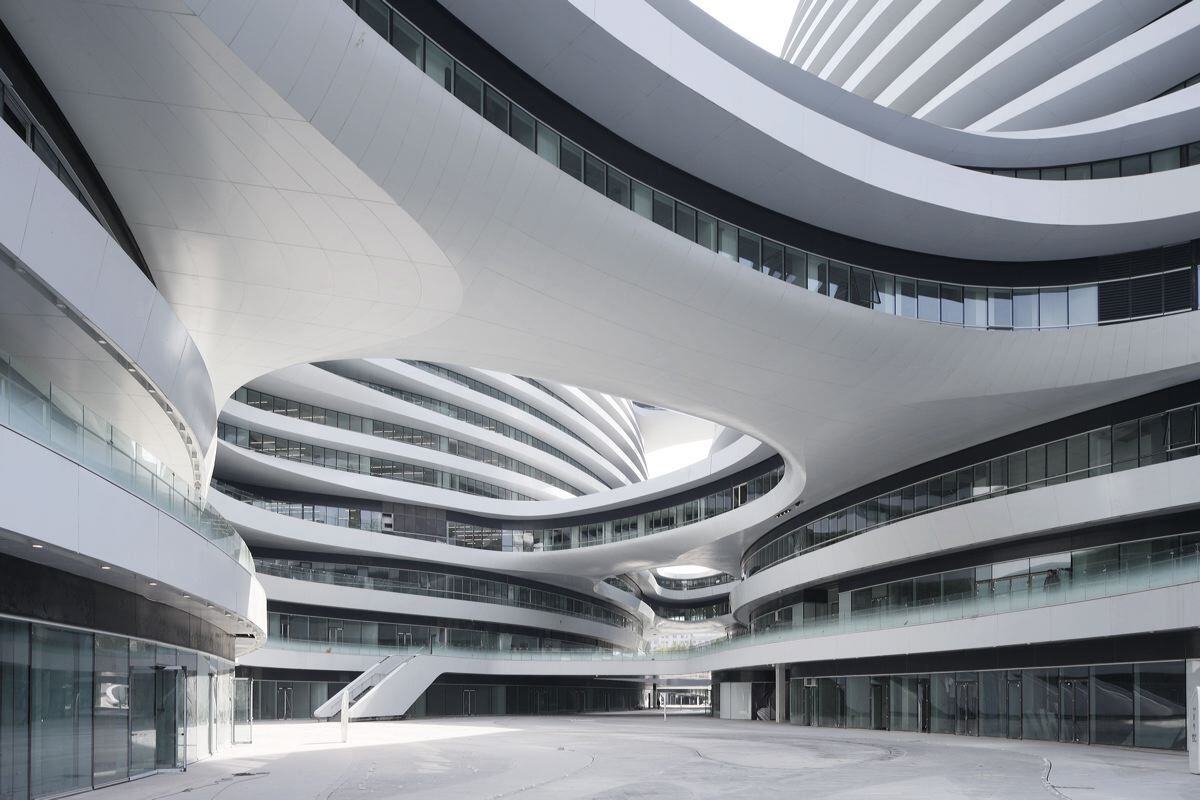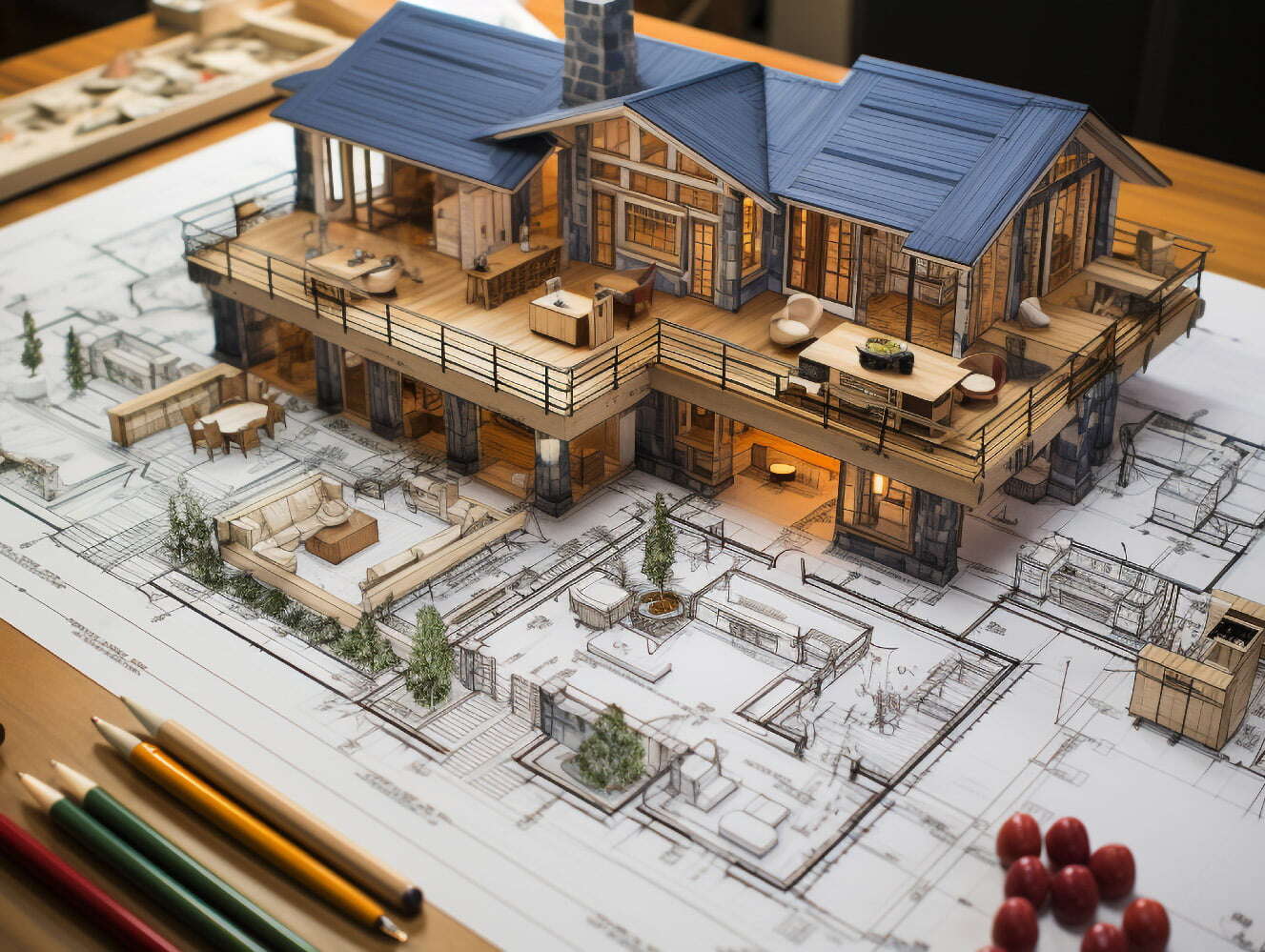Everything You Need to Know About Parametric Modelling (2025)
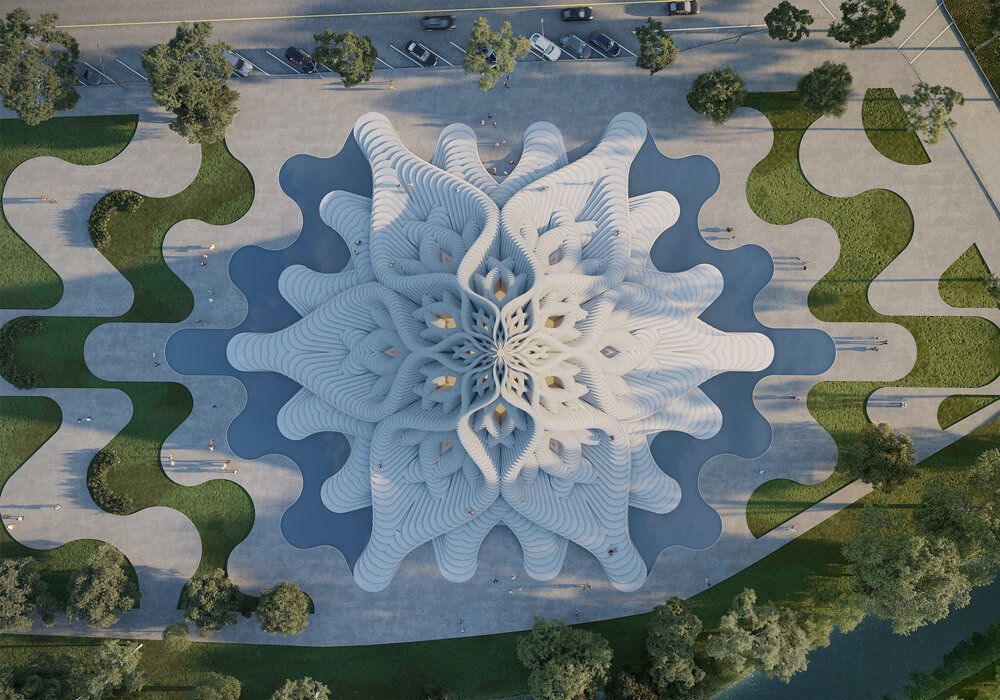
Table of Contents
What is Parametric Modelling?

Parametric modelling is a 3D modelling technique that uses a computational methodology to manipulate geometry. It happens algorithmically using parameters which are geometric properties of a design model. The parametric modelling technique puts the identity of the design in the malleable properties rather than a determined shape.
With the advance in technology, we can now assemble programmes and features graphically using visual programming. There are numerous parametric modelling software which allow architects to form their language of architecture without needing knowledge of programming languages, even to design sweeping curvilinear profiles and forms in their building style. Such characteristics make these types of buildings stand out and look futuristic.
What is Parametricism?
Patrik Schumacher, the man behind the term, explained ‘parametricism’, or Parametric design, as a design methodology using parametric modelling and programming that treat the geometric properties as malleable variables.
Parametricism, as a contemporary style, is advancing vigorously its design agenda based on this parametric design approach.
The identity of parametric design lies in the object’s attributes rather than its momentary determinate shape. Schumacher also stated in his chapter in the book ‘The Routledge Companion for Architecture Design and Practice: Established and Emerging Trends’ (2014) that parametric design can be, in fact, applied to any architectural design, independent of any adhering style.
We can define parametric design by
● Complexity and variety, rejecting the idea of homogenous utilitarianism.
● A shift towards a computerized, algorithmic design approach.
It is the architecture of the 21st century. It has become a way of encoding knowledge and intent into the design which makes it more reliable, adaptable, and affordable.
Parametric Design & Parametric Modelling
In short, Parametric Modelling is a modelling technique using programming languages, while Parametric Design is a design style derived from such modelling technique. We cannot say a design is parametric unless it is generated from the manipulation of parameters, usually geometrical, using algorithms with no direct control of the geometry in a model.
Parametric modelling, as a computational approach, defines a set boundary, or parameters, to achieve the optimised design output instead of simply drawing lines and shapes. As architects and designers who rely heavily on visual approaches, parametric modelling helps us visualise the end design and the steps to achieving it.
How do you think the magnificent and unreal works of Zaha Hadid and Frank Gehry were designed? Well, it's not magic, but simple code!
Computational vs Parametric vs Generative Design
Computational design is a methodology conceived by mathematical and functional step-by-step sequence, made in software like Dynamo, Grasshopper, C# etc. By defining the interrelated parameters, we can design the scheme, form and envelope using computational design. Parametric design and generative design are considered subsets of computational design.
Parametric design is where we play with the parameters set up in the computational script to construct a desirable outcome. These scripts are displayed in our usual 3D modelling software using plugins to review the 3D output and further manual modelling.
Generative design is a relatively newer concept. Considered an extension of parametric modelling, the computational approach is as complex as generating all possible parametric model iterations.
Explore Full Guide to Know about Generative, Parametric and Computational Design.
How Does Parametric Modelling Work?
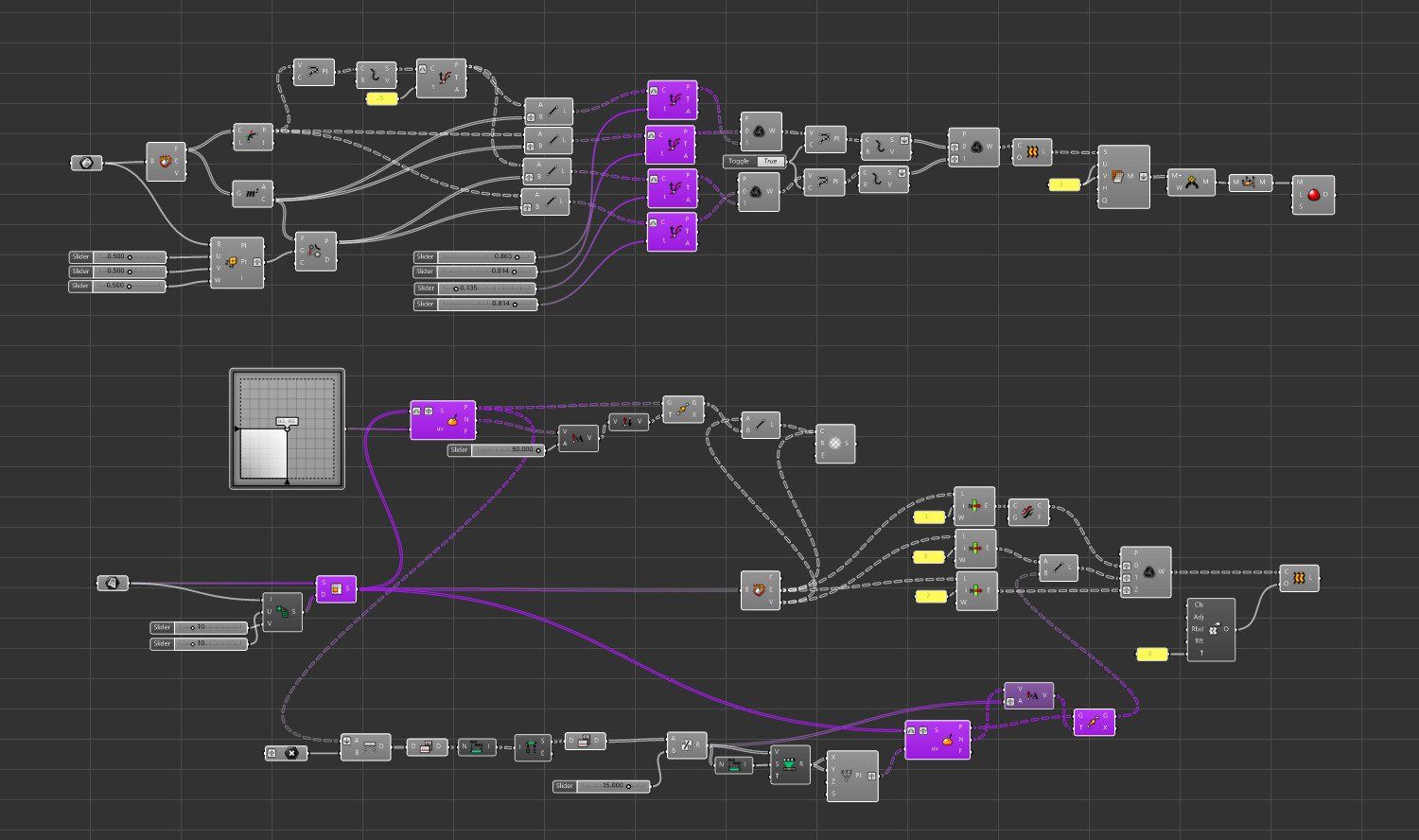
Parametric modelling sequence in Rhino with Grasshopper (Source: https://www.food4rhino.com/)
In any computational design tool, including parametric design and modelling, the process of creation involves computational strategies in the form of programming languages to solve design issues. In parametric modelling, the process is as important as the final product. It works in a series of logical step-by-step sequences. As such, it is different from the 3D modelling we are familiar with (direct modelling) which involves the direct push-and-pull method to the geometry.
Nowadays, we do not need the knowledge of programming languages as most parametric modelling interfaces rely on visual programming. Instead of text codes, we agglomerate any elements or programmes graphically, with inputs written on nodes and connected to the next node.
One node can be both the input and the output as it gets connected to other nodes. It can be connected to more than one node, allowing the sequence to branch out. What is certain is that all these nodes form a graph or a sequence - a result of multiple connections. The output is the virtual representation of all these input nodes.
Parametric Modelling vs Direct Modelling
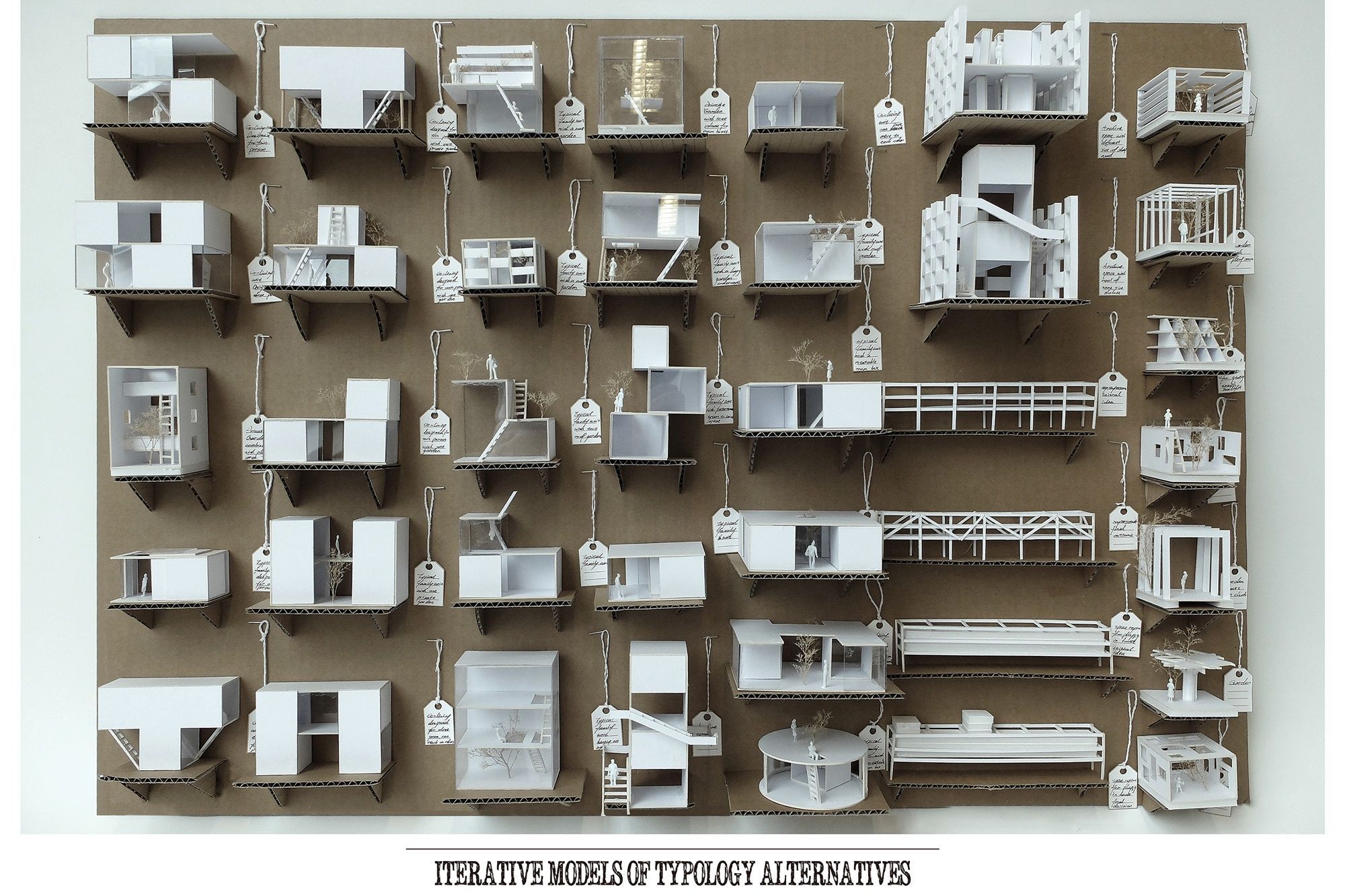
Typologies alternative exploration (Source: https://www.pinterest.com/)
Parametric and direct (or non-parametric) modelings are different techniques used by architects and designers to create 3D models. And they are constantly vying to be the favourite of designers.
Parametric Modelling
● The modelling process involves algorithms as a programming script.
● It’s called parametric for the use of parameters - the attributes of an element defining the relationship between different model components.
● The parametric modelling can happen with both text-based and visual scripts forming a sequence of inputs and outputs. In visual programming, these are depicted as nodes which form a sequential graphic command.
● To understand and utilise parametric modelling, we should first understand algorithmic thinking, a methodological approach presenting logical systematic steps to solve issues and automate processes.
Lacking the right design pedagogy, many professionals are finding computational design difficult. Read Parametric modelling aids the process of biomimicry immensely. The organic forms, as inspired by nature, give less homogeneity in design. Moreover, since architects can now generate multiple design options based on desired parameters, it also becomes easier to achieve the optimised design.
● Accuracy With Speed - Any design iteration can happen at a faster rate as we only need to change very little - a change in a parameter will automatically update the associated parameters - instead of changing every parameter or geometry individually. Minimal in human input, such a technique also reduces human errors while maximizing the design solutions.
● Manufacturing - Parametric modelling supplements digital fabrication systems with stable integrations and diverse designs for manufacturing. The accurate design model means the production time decreases while producing even the most complex products.
Limitations
● Steep Learning Curve - Using parametric modelling requires a complete upskilling since the approach is drastically different from direct modelling, which most architects and designers are familiar with. Parametric modelling takes a mathematical systematical approach to 3D modelling - hence the complexity.
● Limited Flexibility - Parametric modelling approach utilises parameters or algorithms to create the model. To change a geometry, a parameter needs to be changed instead of modifying the geometry directly. It should also be noted that a modification to a parameter can automatically alter the adjacent parameters so the change in the model can be larger than expected.
The above list isn’t exhaustive. The virtues of parametric modelling keep evolving with the advance in technology and may give rise to a different set of limitations altogether.
Wish to find out more? Read - Benefits and Limitations of Parametric Modelling.
Application of Parametric Modelling in the Design Industry

The patterns on the roof of Louvre Abu Dhabi (Source: https://www.huftonandcrow.com/)
Now that we have seen the benefits and drawbacks of parametric modelling, let us move on to its use in the industry. Parametric modelling has been used extensively in both AEC and non-AEC fields, shapes and forms of nature into built design.
Considered the pioneers in the field, Zaha Hadid, Frank Gehry and Jean Nouvel popularized parametric architecture within the past decade and inspired many others to take up the challenge of designing parametrically. And many have risen up to the challenge. So much that in fact, it is no longer a challenge but a trend nowadays. It is without a doubt that our suburbia will no longer look like a village of identical boxes.
Scope, Future and Trends in Parametric Modelling
Scope
The scope of parametric modelling in the AEC industry is getting wider. Architects and designers are applying parametric techniques in form-finding, design ideation, automation or even running analyses. We can surely predict its application will become more prominent in the industry in the coming years.
Future
Now that we have recognised the benefits of parametric modelling in the built environment, it is safe to say that the trend projection will remain constant - constant in its use and constant in architects producing futuristic designs. A testimonial to this prediction, parametric modelling, as with other computational design tools, has been embraced by countless architectural firms, including Sanjay Puri Architects and NUDES Offiice in India, who have designed futuristic and responsive architecture.
Trends
Parametric modelling is not the end of the line for architectural 3D modelling. As time goes on, the process itself will become easier for sure. On the other hand, it also Parametric modelling software work by writing and modifying the algorithms or parameters which are the attributes embedded in the geometry. Most parametric modelling software now work with a visual programming interface. As evidence of parametric modelling being in demand, these tools are becoming increasingly advanced as a response to the needs of architects and designers.
● Grasshopper, together with Rhino 3D, is the most well-known visual programming tool for parametric modelling. Both developed by Robert McNeel & Associates, Grasshopper enables parametric features within Rhino 3D. The functions are not limited to only modelling; we can also use additional it is quite easy to learn Grasshopper and Rhino despite the misconception that they are complicated to learn.
● Solidworks, from Dassault Systèmes, is more popular with engineers. It can produce not only parametric architectural designs but also engineering and automotive components while supporting several computer-aided systems - Computer-aided design and drafting (CADD), Computer-aided manufacturing (CAM) and Computer-aided engineering (CAE).
Career Paths and Growth

Parametric furniture (Source: https://www.terraform-design.com/)
By now, we can all agree that computational design, including parametric modelling, is the way forward in the design industry. The computational approach utilises both modelling and software development skills and can be applied to numerous fields.
The best way to equip yourself with the right knowledge is to enrol in a Parametric Modelling Course, which will help you explore the techniques and tools used in parametric modelling and computational design as well as cover foundation. From beginners to experienced architects, this course will help you enhance your career prospects and technical expertise.
When it comes to Parametric Modelling Courses, the one that is gathering maximum attention is the Computational Design Course. The program features 5+ workflows and 15+ plugins.
You can also visit the Resource Page of Novatr to get some insights into the world of computational architecture.

 Thanks for connecting!
Thanks for connecting!


.png)

